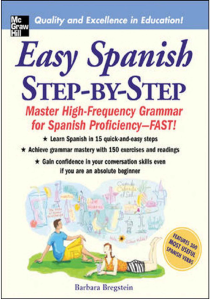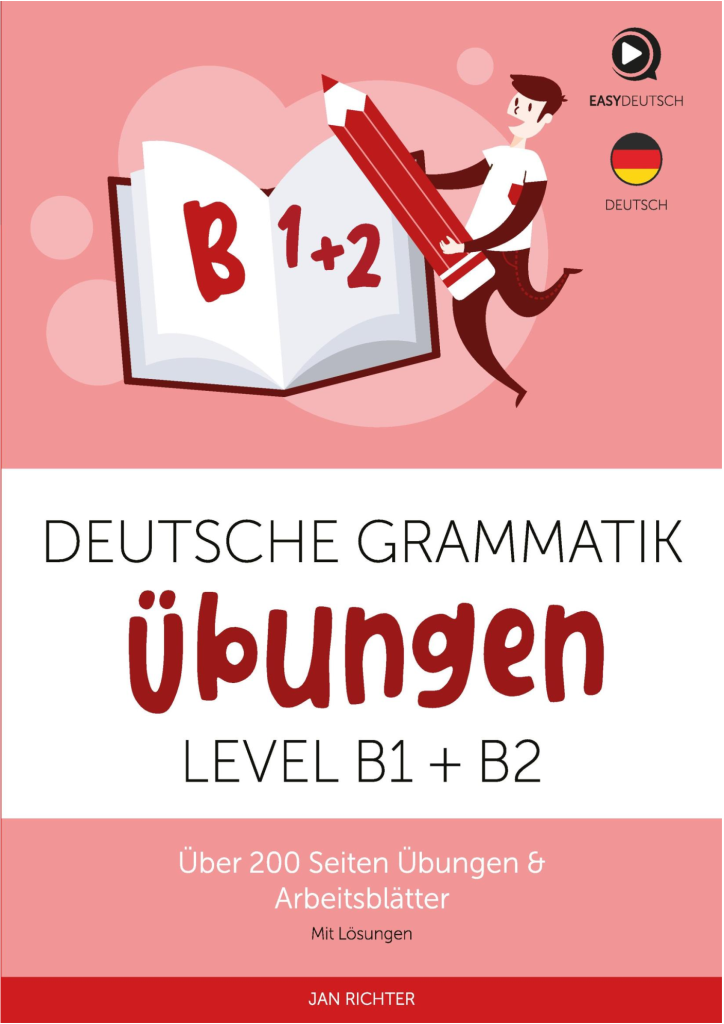Rank
Country
Population 2014/2015
Speakers (native)
Speakers (second)
1
Germany
81,083,600
74,430,000 (91.8%)
5,600,000 (6.9%)
2
Belgium
11,245,629
73,000 (0.6%)
2,472,746 (22%)
3
Austria
8,602,112
7,999,964 (93%)
516,000 (6%)
4
Switzerland
8,256,000
5,329,393 (64.6%)
395,000 (5%)

Contextual Learning:
Teach vocabulary in context. Show students words and phrases within sentences or short passages so they can understand their meaning in a practical context.
Encourage students to read extensively as this naturally exposes them to new words in context.
Word Lists:
Create word lists or vocabulary journals for students. They can write down new words they encounter and their meanings.
Categorize words into themes or topics to make learning more organized.
Word Walls:
Create a “Word Wall” in your classroom, displaying new vocabulary words. This provides a visual reference for students.
Flashcards:
Use flashcards to help students memorize and review vocabulary words. Flashcards can include the word, a simple definition, and an image if applicable.
Quiz students with the flashcards regularly to reinforce their memory.
Context Clues:
Teach students to use context clues, i.e., information from the surrounding text, to guess the meaning of unfamiliar words.
Root Words and Affixes:
Teach students common prefixes, suffixes, and root words. This knowledge can help them decipher the meaning of unfamiliar words.
Thematic Approach:
Teach vocabulary in thematic units. For example, focus on words related to a specific topic (e.g., food, weather, or technology) to make the learning more meaningful and connected.
Games and Activities:
Engage students with vocabulary games and activities, such as crossword puzzles, word searches, Scrabble, or vocabulary bingo.
Use online tools and apps designed for vocabulary practice.
Mnemonic Devices:
Encourage students to create mnemonic devices or memory aids to remember words. These can be acronyms, rhymes, or funny associations.
Word of the Day:
Introduce a “Word of the Day” or “Word of the Week” to expose students to new vocabulary regularly.
Reading:
Encourage extensive reading. The more students read, the more they encounter new words and phrases in context.
Writing:
Have students write sentences or short paragraphs using the new vocabulary words. This reinforces their understanding and application of the words.
Discussions and Debates:
Use vocabulary words in class discussions and debates. Encourage students to use the words in meaningful conversations.
Visual Aids:
Use visuals, images, and diagrams to help students connect words with concrete representations.
Online Resources:
Utilize online vocabulary resources, such as websites, apps, and interactive exercises that provide a variety of learning methods.
Assessment:
Regularly assess students’ vocabulary knowledge through quizzes, tests, or assignments.
Encourage Reading Aloud:
Have students take turns reading passages or texts aloud. This helps reinforce pronunciation and comprehension.
Teach Word Forms:
Make sure students understand different forms of words (e.g., verb, noun, adjective) and how they are used in sentences.
Word Etymology:
Occasionally discuss the etymology of words, explaining their origins and how they evolved.
Personal Dictionary:
Encourage students to maintain a personal vocabulary dictionary where they keep track of new words they’ve learned and note their own examples and usage.
MEKAILPDFBOOKSFREEDOWNLOAD PDF BOOK FREEE DOWNLOAD
Pdf Download
Copyrights CopyrightsIf this website has shared your copyrighted book or your personal information.Contact us to let us know. You will receive an answer within 3 working days.A big thank you for your understanding
Share on facebook
Share on twitter
Share on linkedin
Share on whatsapp



Thank you for your download, we hope you are satisfied with our software.
WhatsApp us
